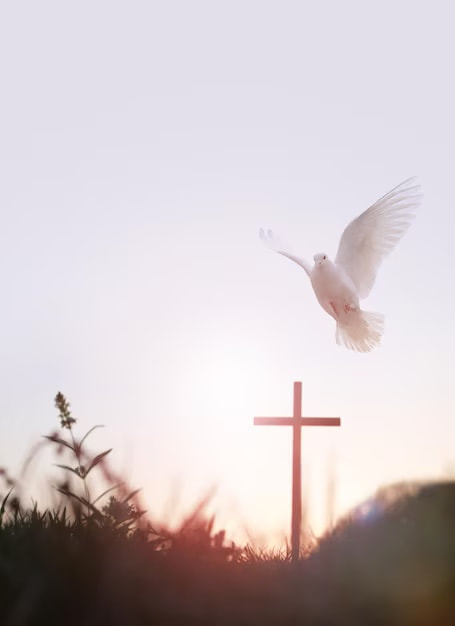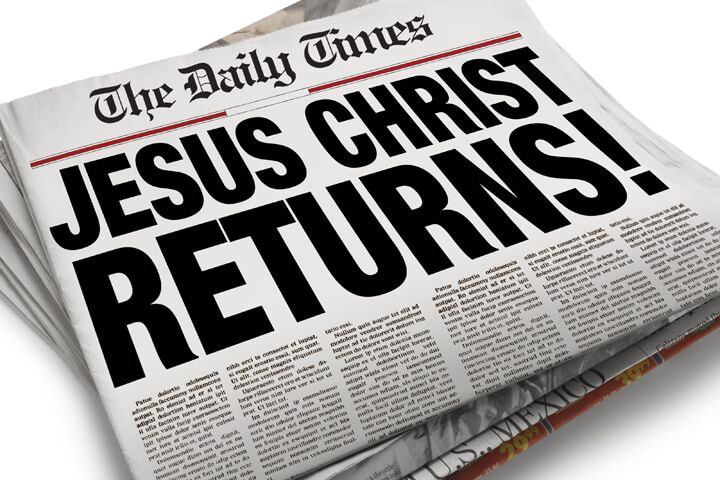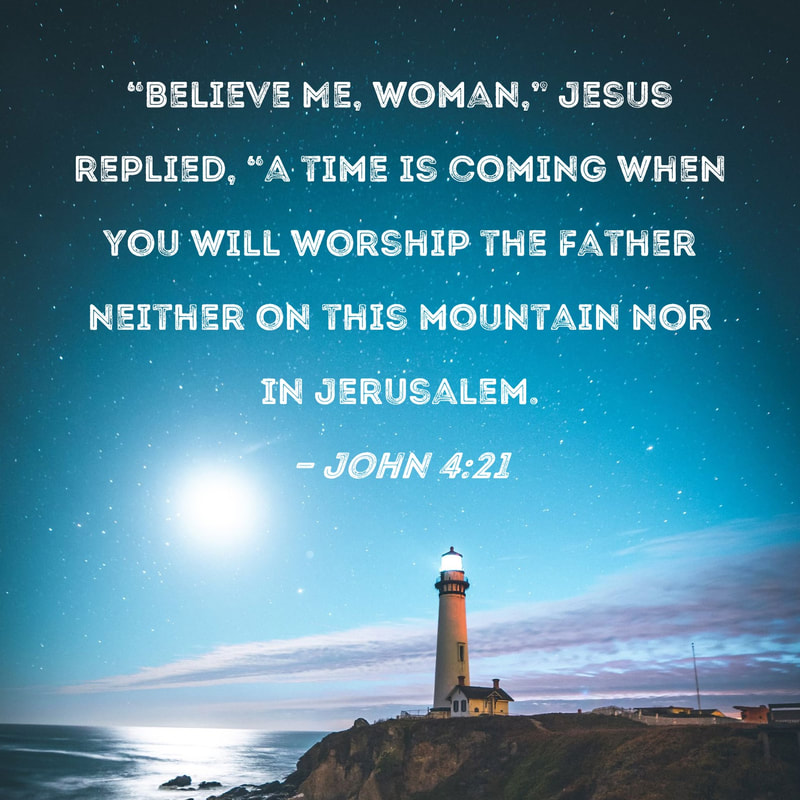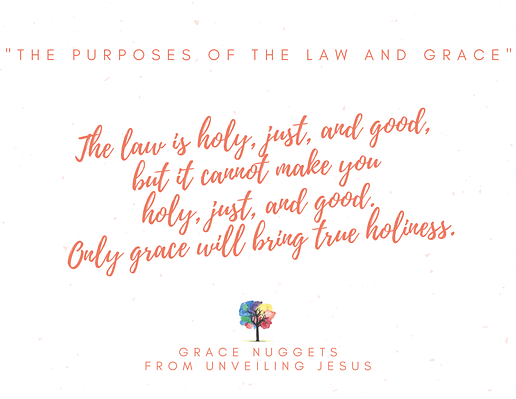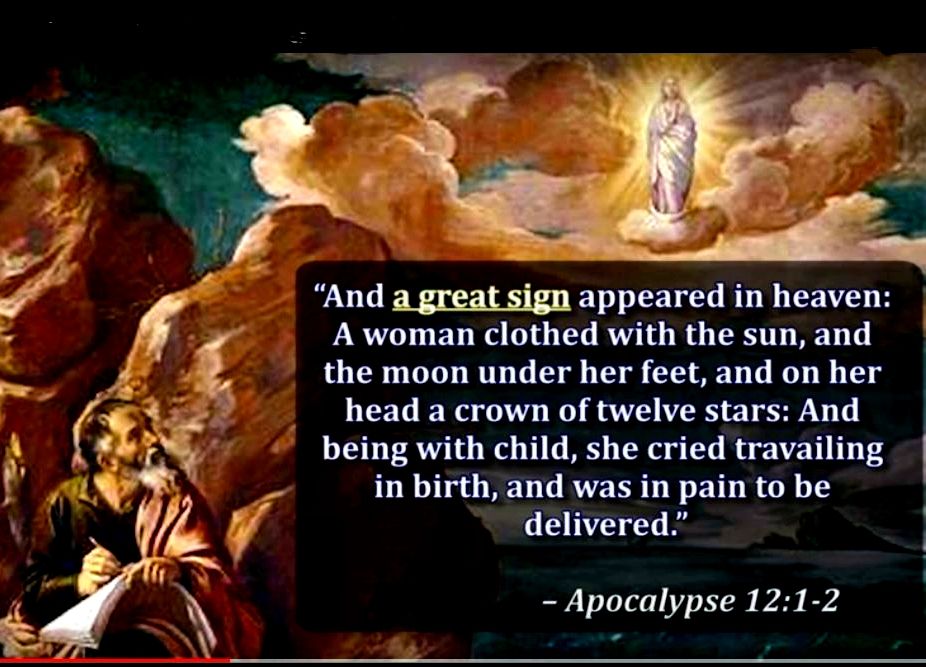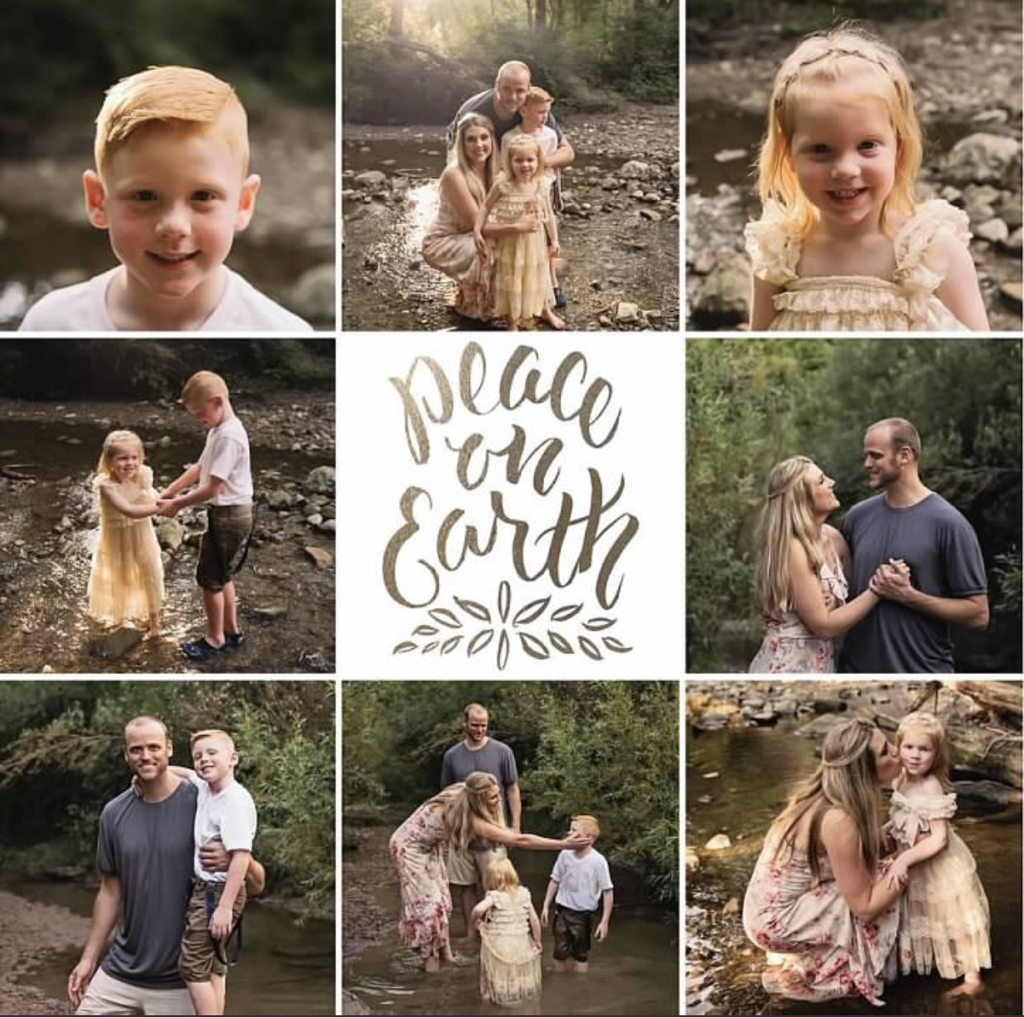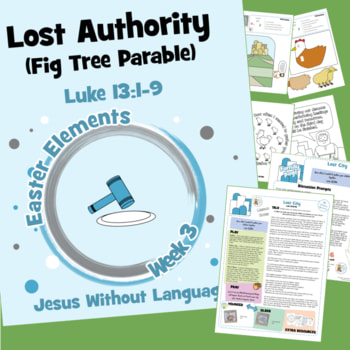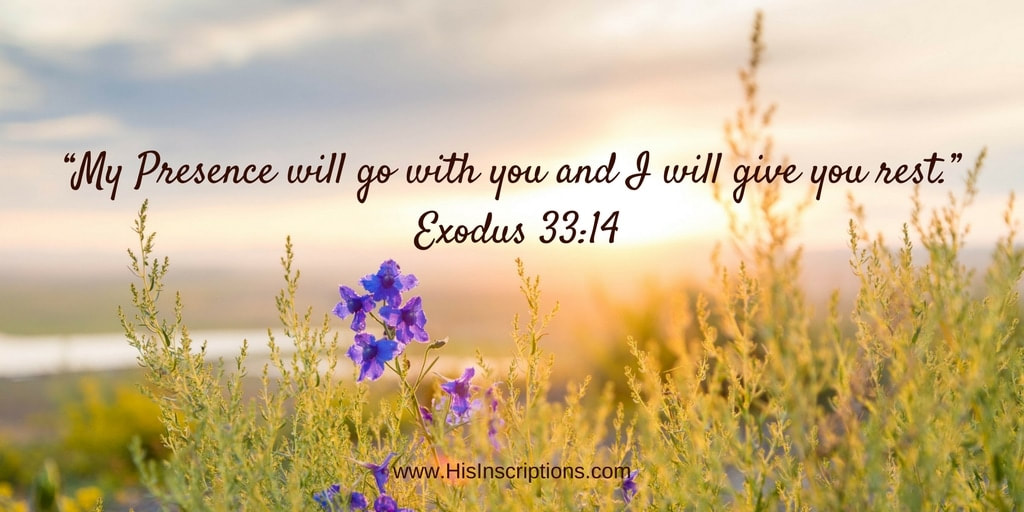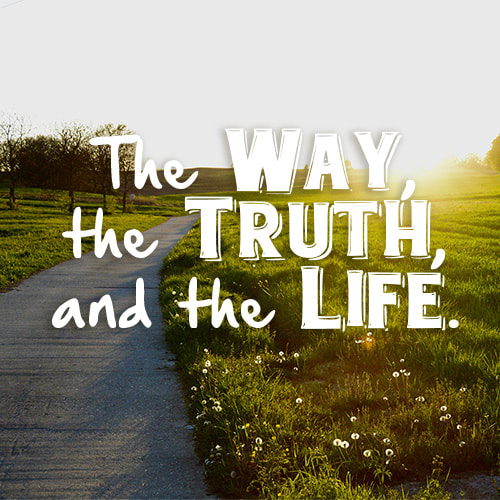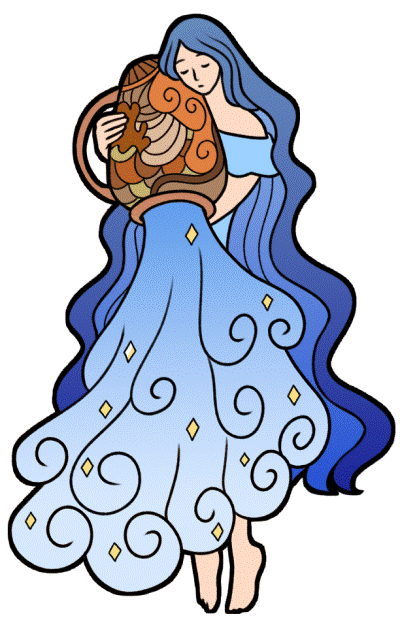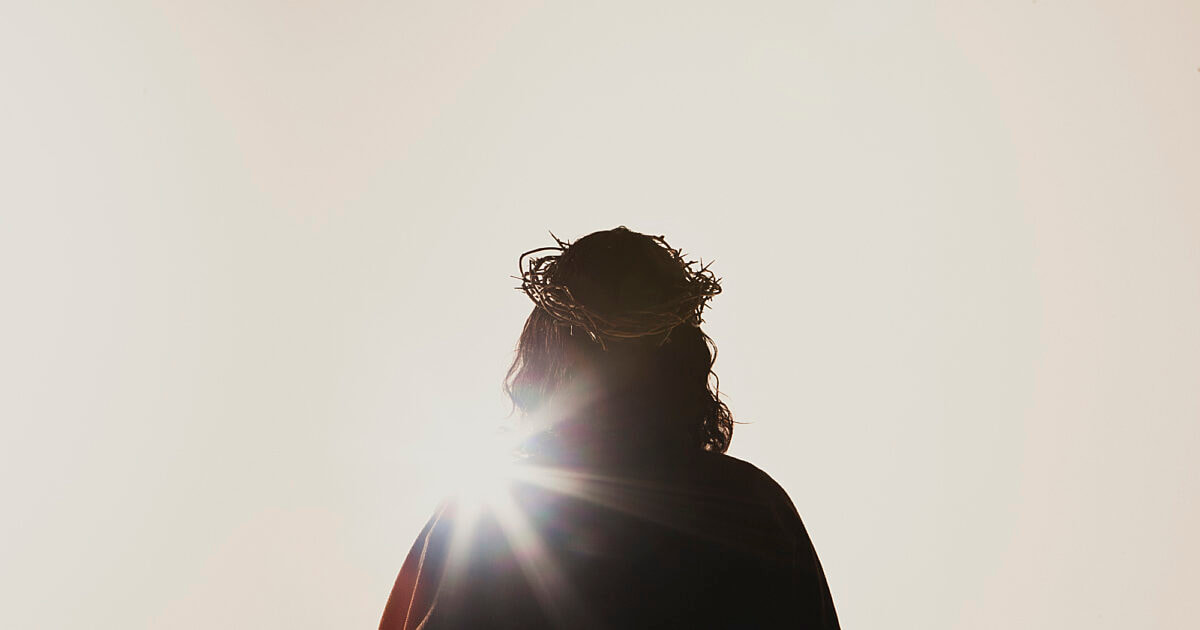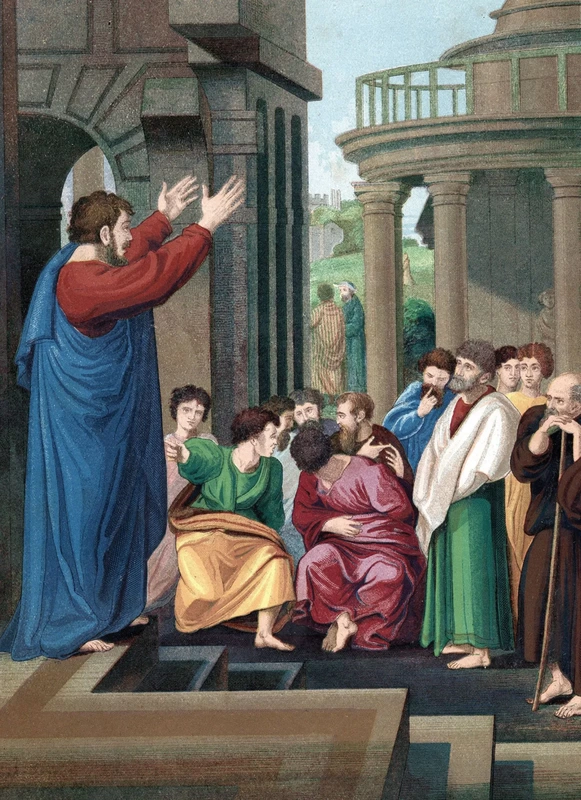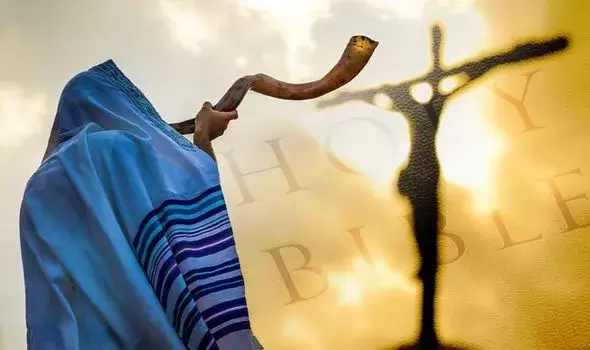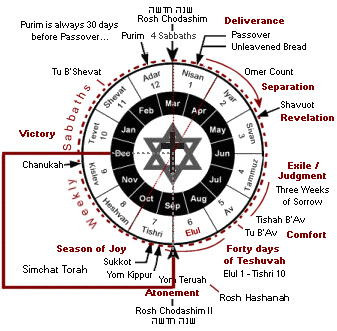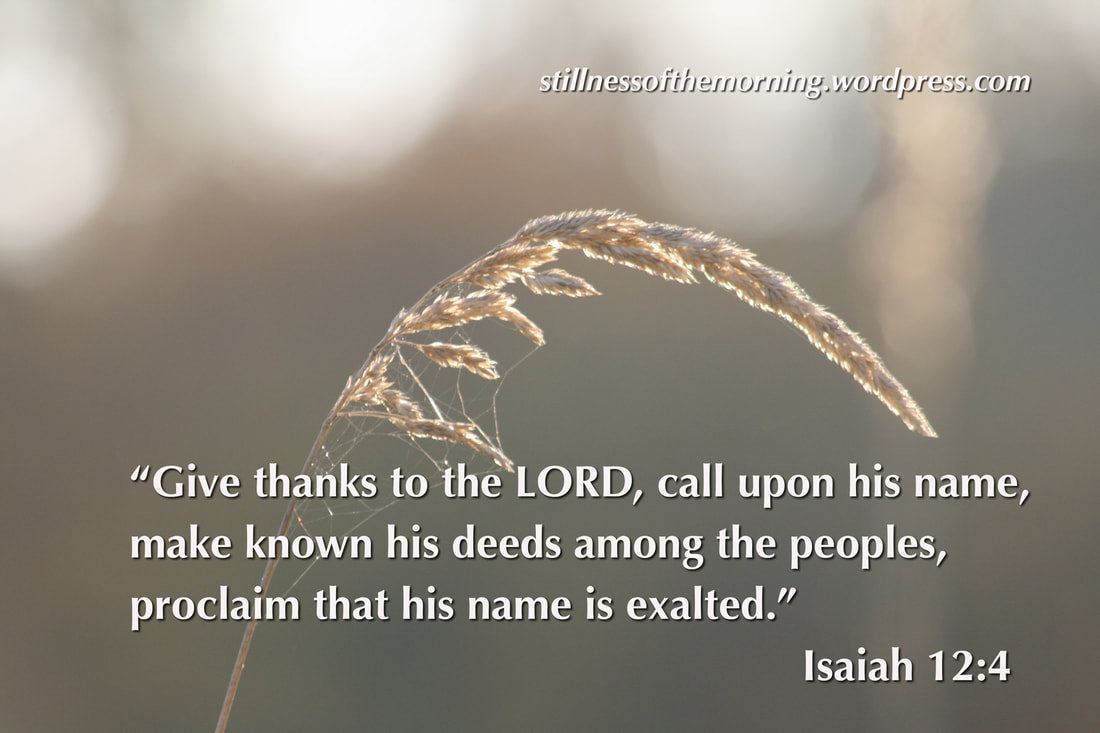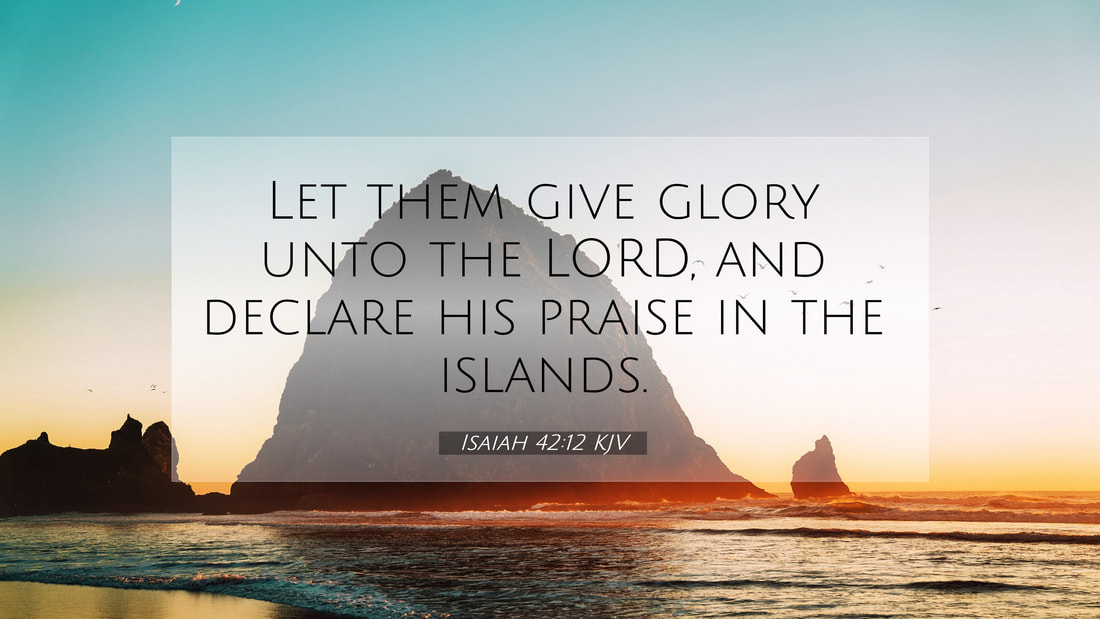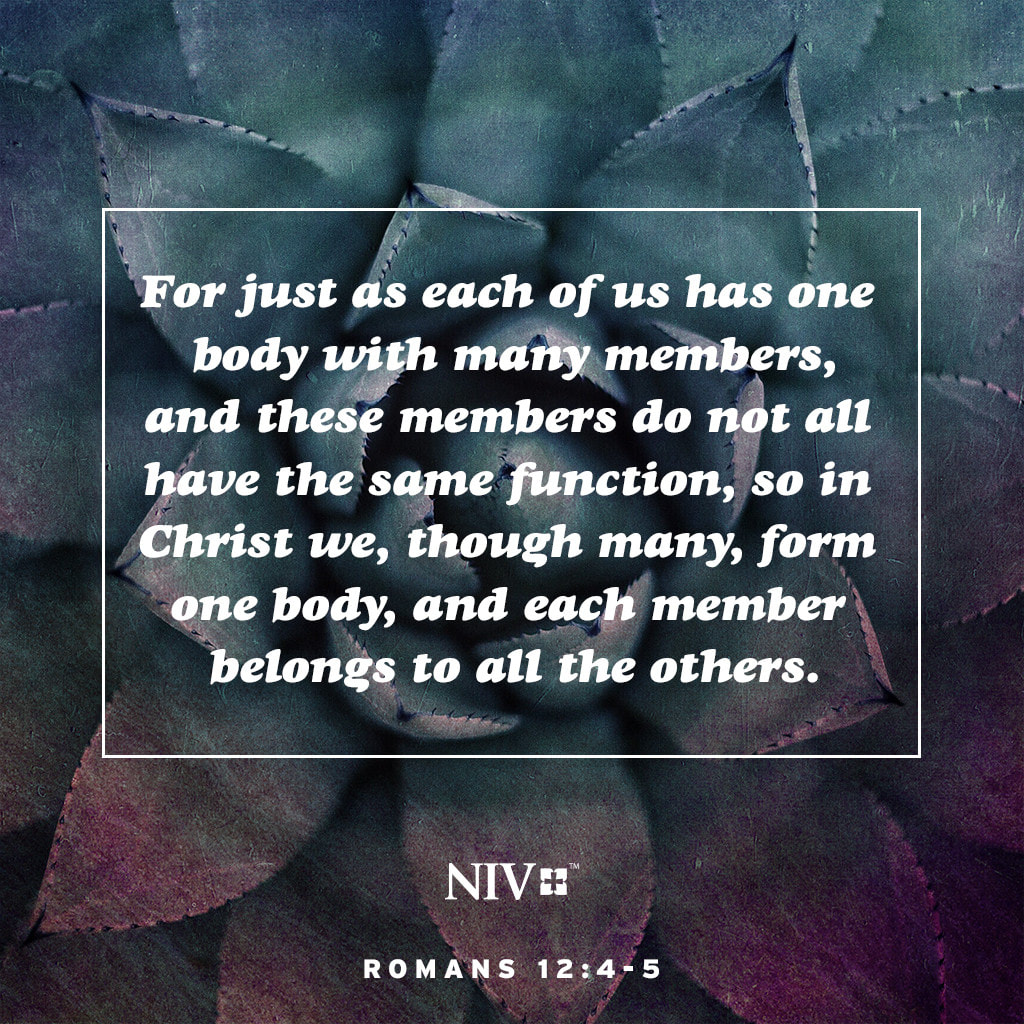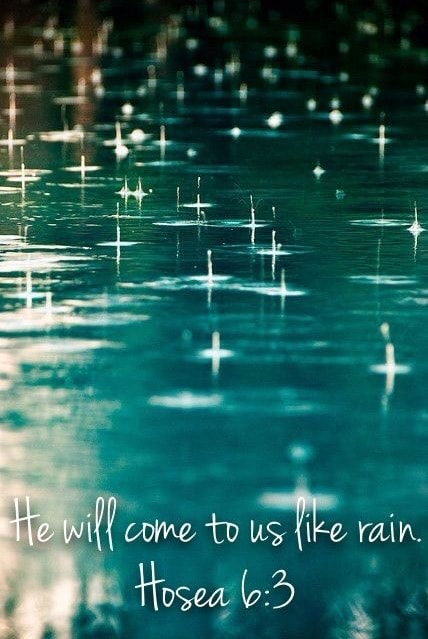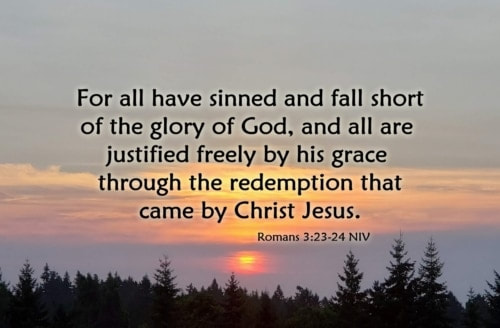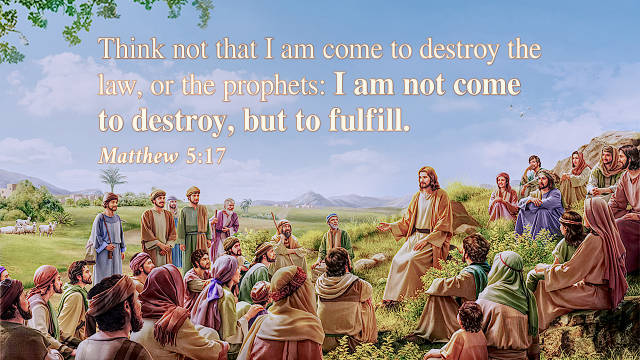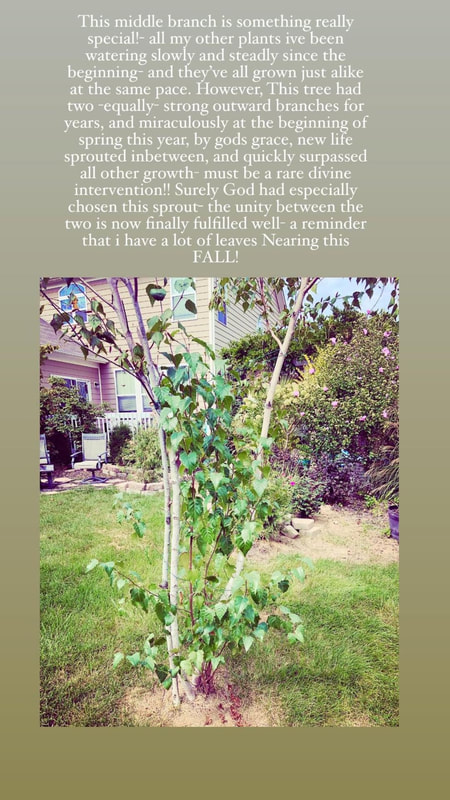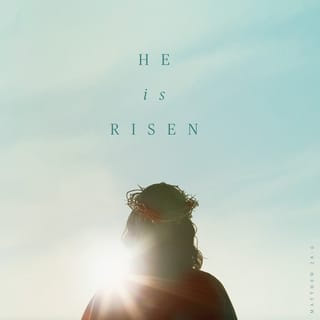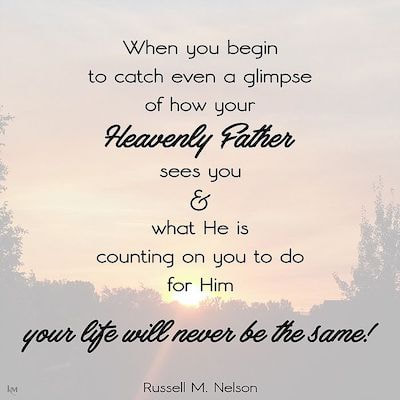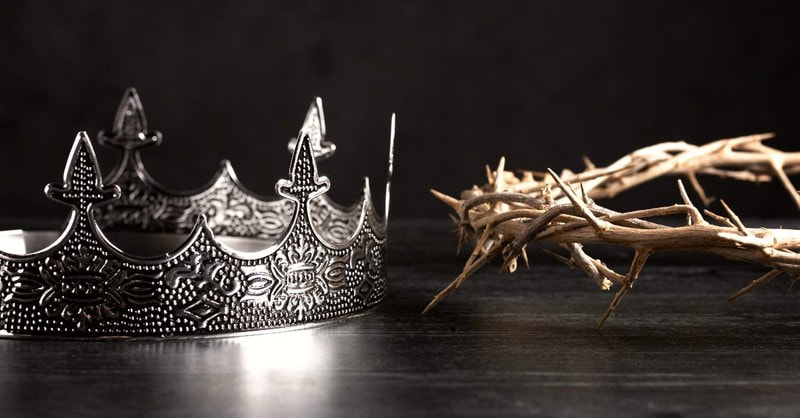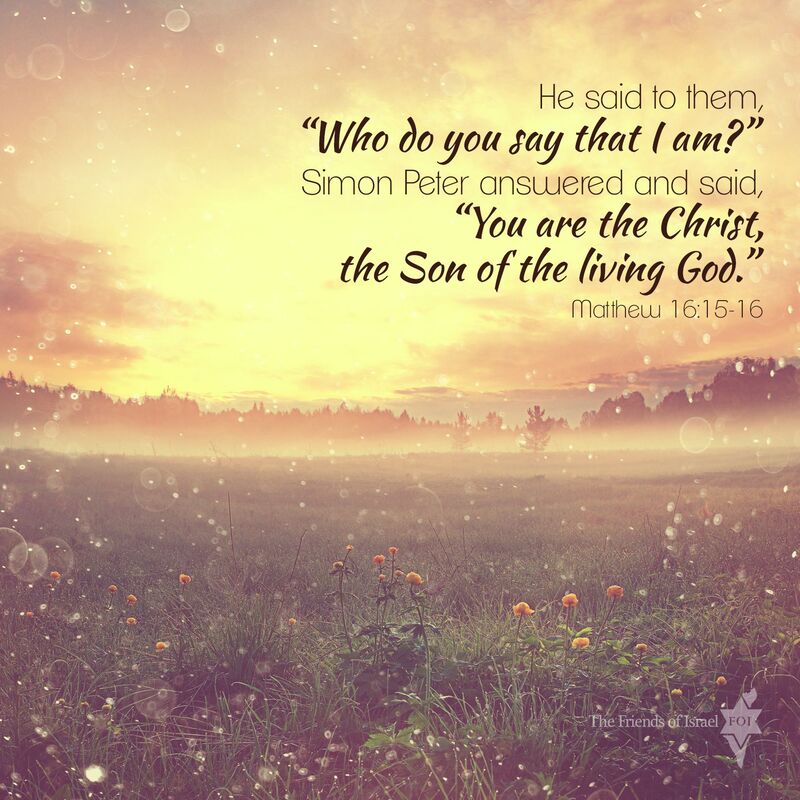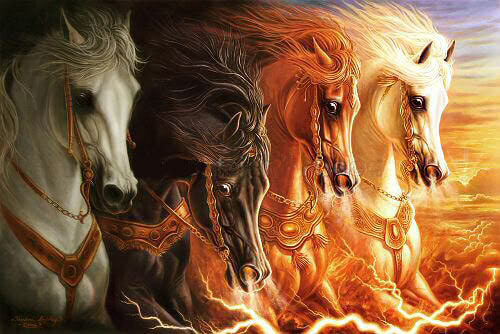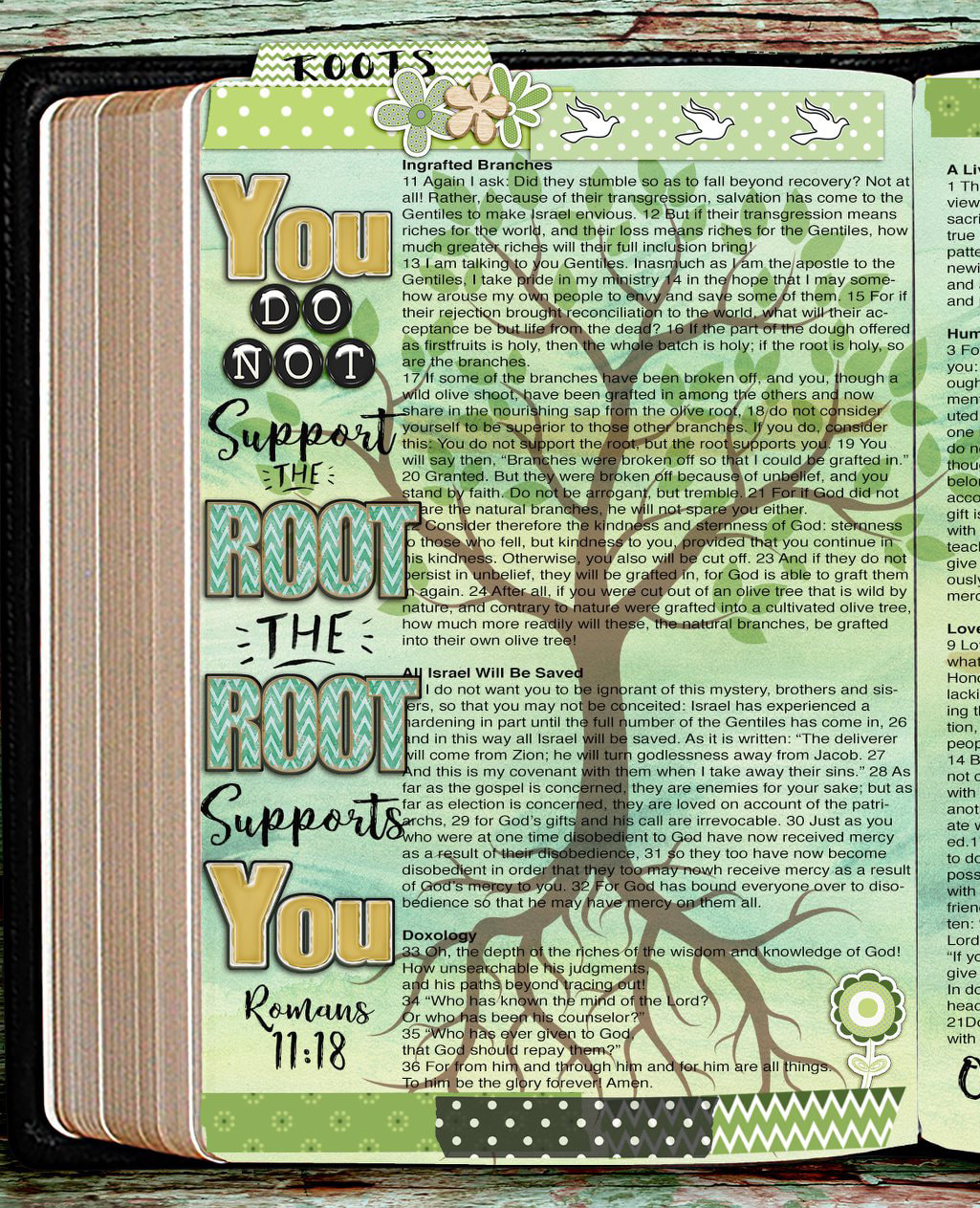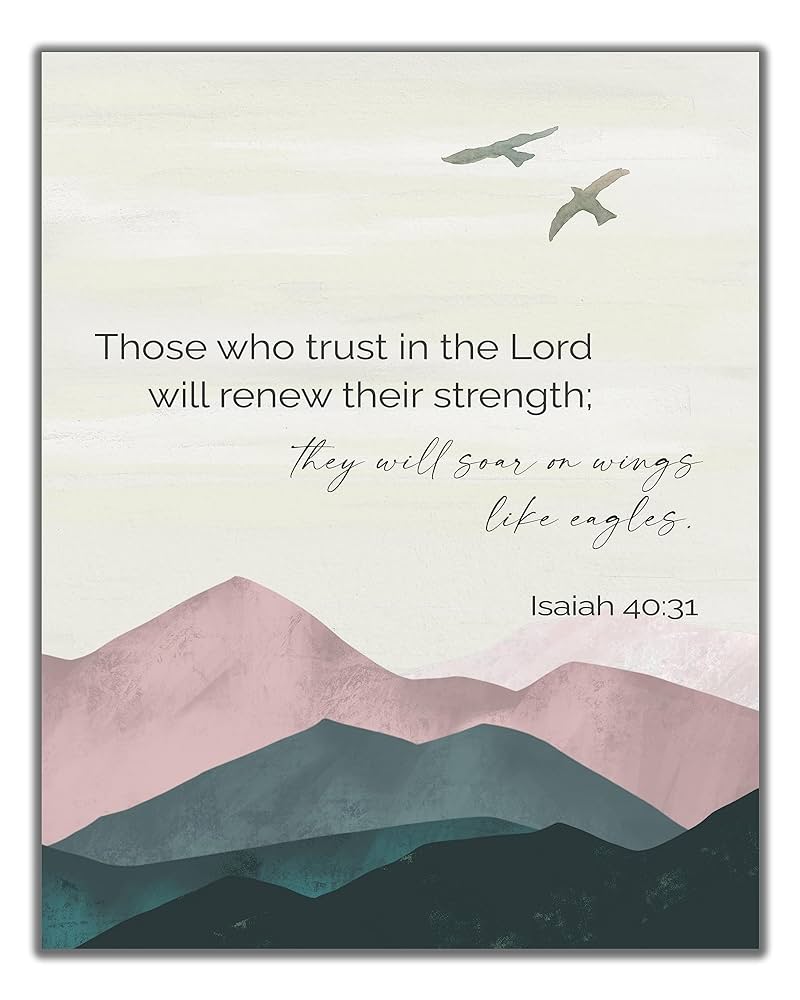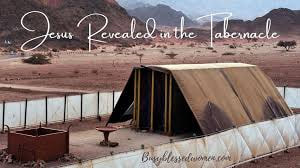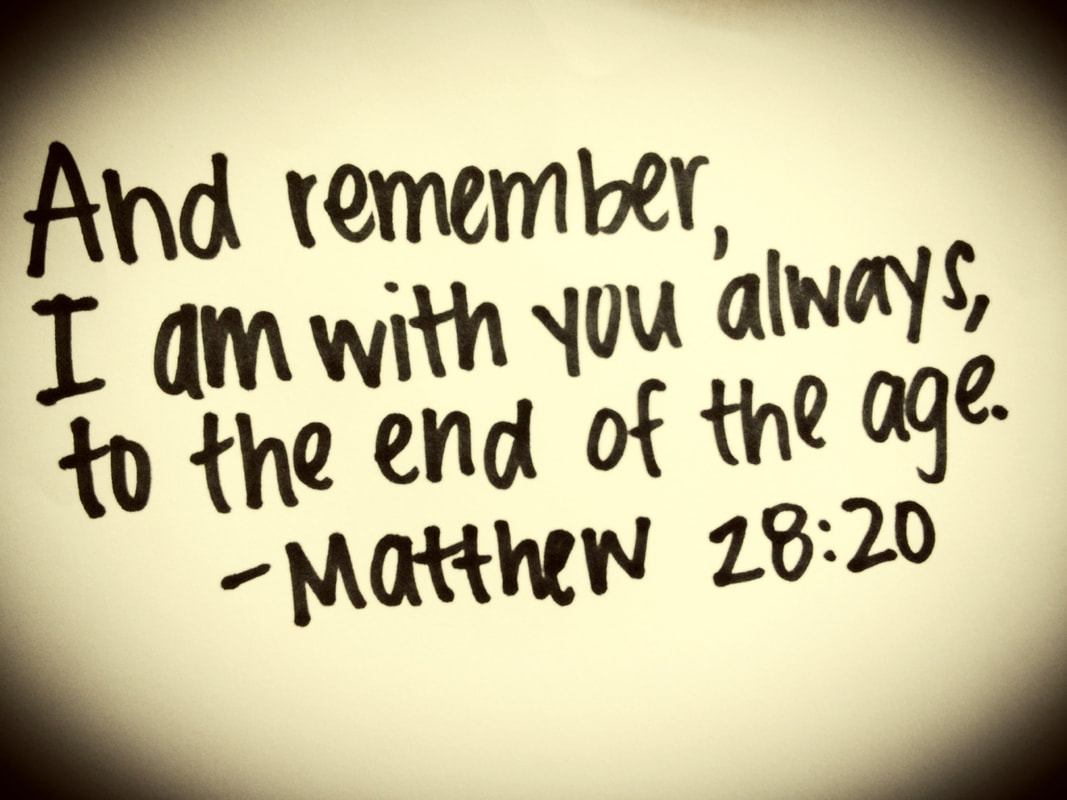Lot's wife is mentioned
by
Jesus
at
Luke 17:32
in the context of warning his
disciples
about difficult times in the future when
the Son of Man would
return;
he told them to remember Lot's wife as a warning
to not waver at that time.
Lot's wife is also referred to in the apocrypha in
Wisdom 10:7
"a pillar of salt standing as a monument to an unbelieving soul"
The Bible does not give
Lot’s wife a Name

| What Is the Meaning of Zion The ancient Hebrew word Tsiyon (Zion) is a “ Canaanite hill fortress in Jerusalem captured by David and called in the Bible City of David Zion can refer to one of three places: the hill where the most ancient areas of Jerusalem stood; the city of Jerusalem itself; or the dwelling place of God. The Watchman's Booth The watchman's booth was a small sheltered tower in the midst of a vineyard They were very important during Harvest Time, where the whole family would often reside. A strong tower was a central place in ancient cities where people could run to when facing danger and then find safety and protection. The watchtower was a symbol of protection from enemies and thieves and rising above them. "The name of the LORD is a strong tower: the righteous runneth into it, and is safe." "For in the time of trouble he shall hide me in his pavilion: in the secret of his tabernacle shall he hide me; he shall set me up upon a rock. The Lord is a strong tower in fearful and scary times. It is the name of the Lord that is our strong tower. It is the place of safety which God promises to those who run to Him. The name of the Lord is a Biblical expression for The whole character of God. The name of the Lord refers to God’s person and character. The Lord is our rock, our refuge, our fortress, our shepherd, our king, and our redeemer. In the Bible the Lord has revealed to us that He is merciful, kind, and caring. The Lord’s name is above all names because His name is holy. The name of God is a place where righteous people find safety. Believers who call on God with faith are declared righteous and are protected from all enemies because they are safe in the strong spiritual tower of God. Let us run to Jesus our strong tower knowing that He is our refuge and strength. Let us run to Jesus with our concerns and troubles so that we find eternal comfort from His words of joy and strength. A Tale of Two Mountains Two very iconic tourist destinations on our Journey to the Motherland To my Surprise, there is a plethora of Art and Sculpture depicting the Pillar of Salt. Perhaps not nearly as much as the Virgin Mary, but a considerable amount. The imagery of Lot's wife depicted as a Pillar of Salt in this famous work from Charles Mozley is one I was able to see in person at Museum Tate when I studied Sculpture and Design abroad the UK back in 2004. The irony of this story brings to Light the entire creation story in Genises in Light of God's miraculous design and visible handiwork. Seasoned Biblical digestion will reveal the overlapping parallels in our Creator's Master Plan exposed through his creative artwork. A significant example of such parallels would be the theme of Faith, Redemption, and sacrificial servant-hood in Light of God's Calling toward Grace and Glory The contrast between Lot's wife as a "watchtower" pillar of salt and its reference to "salt and Light" In Genesis, God separated the Light from Darkness Darkness is commonly referred to a void, a dwelling place void of the presence of the holy spirit. Abraham- in an overarching way- represents Faith in following The Way of the Messiah Few other passages are as instrumental in shaping my personal understanding of Christian witness as Matthew 5:13-16, which calls Christians to be salt and light through their good deeds. Jesus’ seemingly simple statement in Matthew 5:13 has long mystified readers. What does it actually mean to be the salt of the earth? When you think about it at its most basic, salt has a powerful, distinctive and at times overwhelming taste to it. Salt had long been a metaphor for covenant faithfulness. So, when God rescued the Hebrews from their slavery in Egypt, he made a covenant, a contract, setting them apart as his own holy people. They were to be distinct from the other nations. They were to act different, look different and be different. They were to model a different way to live, neither as slave nor slave driver, defined by love for God and love of neighbor. This is what Jesus is telling his disciples . They are to offer a new way to be human that is not conformed to the destructive, violent and sinful patterns of this world. We are to be a community defined by self-sacrificial love modeled upon the cross of our messiah. We are to be salt. Yet, what happens when salt loses its saltiness? It loses its distinctiveness and purpose for being. We may construct as many colossal monuments to our own sectarian self-importance upon as many hills as we like, but if we in no way stand distinct from the destructive patterns of this world, then what’s the point? We might as well keep our mouths shut and our witness to ourselves because our faith “is no longer good for anything, except to be thrown out and trampled underfoot.” Yet at the time of Jesus, many contemporaneous religious groups began to take the idea of being salt to the extremes, with some groups completely withdrawing from society. They were distinct or “holy.” But as Jesus makes clear, they were “holy” to the point of worthlessness. So, Jesus says in Matthew 5:14-15: “You are the light of the world. A city built on a hill cannot be hidden. Neither do people light a lamp and put it under a bowl. Instead, they put it on its stand, and it gives light to everyone in the house.” Imagine the sublime power of a single candle piercing, shattering the darkness of a pitch-black room. Yet if you cover the candle up, it goes dim. What’s the point? Sometimes religious people get so focused on holiness, on separateness, that we no longer have a viable, credible witness for our communities or the world. We become so fearful of that which is different, of that which doesn’t have a “Christian” label on it, or of that which isn’t securely within our “Christian” neighborhoods and behind our “Christian” walls. We construct defenses, both ideological and concrete, to safeguard us from God’s beautiful world and the beautiful people living within it, beautiful people we have conditioned ourselves to fear and, at times, even hate. As the followers of Jesus, we are to be the light of the world. So, we must not fear “the dark.” It is imperative for us to tear down the walls, to cross the barriers and to be present and active in our neighborhoods and cities. Having been washed clean once and for all by the death and resurrection of Jesus Christ, we have no need to fear being “contaminated” by the so-called uncleanness of our world We are called to fully embrace the other – those not like us – in love. To be the light of the world is not to condemn, withdraw or shy away from the world, but to actively pursue the dark places, to willingly enter into places of pain, poverty, injustice, sickness, violence and sin. We do this in imitation of Christ in order to bring the light, love, justice and peace of God to those people and places where it is needed the most. As followers of Jesus, this is our mission. This is our witness. Finally, in Matthew 5:16, Jesus states: “In the same way, let your light shine before others, that they may see your good deeds and glorify your Father in heaven.” Most simply, we are to hear the words of Jesus and put them into practice. We are to imitate Jesus, such that when we hear his words and put them into practice, people will see our good deeds and give glory to our Father in heaven. Our salt, therefore, stays salty only so long as we practice the good deeds we do in imitation of Christ – shining the light of God in and among our community and before the watching world. Charles Mozley Lot’s Wife Turned into a Pillar of Salt1959Deuteronomy contains Moses’ last address to the people of Israel before his death. In the previous almost 40 years of wandering in the wilderness, all of the adults who came out of Egypt have passed from the scene. Now he is addressing a new generation of Israel, most of whom did not witness the miraculous deliverance from Egypt. Moses recounts all of God’s wondrous works on their behalf and finishes up by telling them of the blessings they can expect if they obey the Lord and the curses they can expect if they disobey. One of the blessings Moses lists is found in Deuteronomy 28:13: “The LORD will make you the head, not the tail.” Since it is one of the blessings promised to the obedient Israelites, we know that being the head rather than the tail is a good thing. The context gives a fuller series of contrasts: “You will lend to many nations but will borrow from none. The Lord will make you the head, not the tail. If you pay attention to the commands of the Lord your God that I give you this day and carefully follow them, you will always be at the top, never at the bottom” (Deuteronomy 28:12–13). In contrast, Deuteronomy 28:15–68 highlights the curses that will follow disobedience of God’s law. Verses 43–44 provide an exact parallel for two of the points in verses 12–13: “The foreigners living among you will become stronger and stronger, while you become weaker and weaker. They will lend money to you, but you will not lend to them. They will be the head, and you will be the tail!” (NLT). Today, we have a saying about “the tail wagging the dog.” In our culture, this means that something is fundamentally out of balance when an unimportant or insignificant issue is given far too much weight when making a decision. The tail should not be dictating the direction of the dog—the head should do that. From the context of Deuteronomy 28:13, we know it is better to be the head than the tail. In the previous verse, the lender has wealth and power while the borrower is subservient. Being the head would have a similar meaning. The head is the leader, the one who decides and charts the course, while the tail just has to follow along. The head decides where to go and what to do, while the tail has no say in the matter. As the head, Israel will be the one in charge, making decisions and charting her own obedient course under God’s blessing and protection. As the tail, Israel will be at the mercy of other nations who will dictate what she does and where she goes. God promises that, if the people of Israel remain obedient to the law, they will be a leader among nations, not a follower—they will be the head. But if they choose to turn their back on God’s law, they will be a follower, not a leader—they will be the tail. We see a fulfillment of this blessing when Israel became a world leader under the reigns of David and Solomon. The curse was fulfilled when the nation of Israel was carried away into exile. A similar metaphor is used in Isaiah 9, where God promises to “cut off from Israel both head and tail” (verse 14). The next verse explains the metaphor: “The elders and dignitaries are the head, the prophets who teach lies are the tail” (verse 15). Under normal circumstances, the prophets would have been the head. It was their job to proclaim the Word of the Lord, and then the leaders of the people would make policy in accordance with what the Lord had told them—they were to follow the Lord as He revealed His will through the prophets. In Isaiah’s time it was reversed. The leaders made their own policy, and the so-called prophets—lying prophets—would simply “rubber stamp” the plans and say that the Lord was with them. The prophets had become the tail that follows. They were nothing more than “yes-men” and sycophants (cf. 1 Kings 22). Under the Mosaic Covenant, Israel was given the conditional blessing of being the head and not the tail. As they obeyed the Lord, Israel would have victory over their enemies, have the upper hand in trade agreements, and occupy a dignified position among the nations, who would give Israel honor and esteem. Mount Sodom, & Mount Zion Two iconic tourist destinations on your Journey the to Motherland What is Sodom? The Name ‘Sodom’ is mentioned in the Book of Genesis concerning The City of Sinners that Lot, Abraham’s nephew, had to escape from after protecting his angel guests from a wrathful mob The cities of Sodom and Gomorrah were entirely destroyed by Divine Power and This Mountain was there to Observe the Scene Genesis 19 tells the story of the destruction of Sodom and Gomorrah. Lot, Abraham’s nephew, lived in Sodom with his family. His daughters were engaged to local men. Lot was sitting at the gate of Sodom, the area where financial and judicial transactions took place, when two angels came into town. Lot invited them to stay with his family. After a rather exciting evening, the angels made sure Lot, his wife, and his two daughters left before God destroyed the city (Genesis 19:13). As they fled, the angels warned them, “Escape for your life! Do not look behind you, and do not stay anywhere in the valley; escape to the mountains, or you will be swept away” (Genesis 19:17) Lot ran, his daughters close behind. “But his wife, from behind him, looked back, and she became a pillar of salt” (Genesis 19:26). She lagged behind. She turned and watched the flaming sulfur fall from the sky, consuming everything she valued. Then it consumed her. The Hebrew for “looked back” means more than to glance over one’s shoulder. It means “to regard, to consider, to pay attention to.” The Scriptures don’t say whether her death was a punishment for valuing her old life so much that she hesitated in obeying, or if it was a simple consequence of her reluctance to leave her life quickly. Either she identified too much with the city—and joined it—or she neglected to fully obey God’s warning, and she died. We’re fortunate to receive similar warnings. Ephesians 4:22-24 tells us to take off the old self that is ruled by sin and be renewed, putting on the new self that is in the likeness of God. Similarly, 1 John 5:16 says that willful, deliberate sin can lead to death. Lot’s wife wasn’t able to accept that. What she chose to value in her heart led her to sin, which led to her death. The Bible isn’t clear whether Lot’s wife was covered in the salt that rained down with the brimstone or if her remains were dusted with a coating of salt later. But it is interesting that she is described as a “pillar.” The Hebrew for “pillar” refers to a garrison or a deputy, that is, something set to watch over something else. The image of Lot’s wife standing watch over the Dead Sea area—where to this day no life can exist—is a poignant reminder to us not to look back or turn back from the profession of faith we have made, but to follow Christ without hesitation and abide in His love (Luke 17:32). Location of Mount Sodom Mount Sodom is located to the west of the southern basin of the Dead Sea, and is an extraordinary geological phenomenon: apart from some thin layers of silt and marl, it is made entirely of salt. During the evaporation of the previous stages of the Dead Sea, tons of salt and other minerals were deposited within the steep shoulders of the seabed. Over the years salt accumulated to a layer of 4km height, on top of which eroded rocks and other minerals were deposited. The underground heat had melted the salt, and the weight of the rocks above creates a pressure that forces the melted salt up along the sides. The mountain is an outcome of this massive force, and it keeps rising 1cm per year. Mount Sodom is 11km long and approximately 2km wide. The mountain top is 200m above the Dead Sea and reaches a height of 190m below sea level. Since the surface soil is made of more than 95% salt, no plant can grow on the mountain. This creates a moon-like landscape. Contrary to any other rock, the salt dissolves rapidly in water. Erosion and the creation of underground cavities are more than 50 times faster than in limestone or dolomite. The “Malch’am” (The Israeli Center for Caves Research) Cave beneath Mount Sodom is the longest known cave in Israel and the longest single natural salt cave in the world. It is 5,500m long and is full of breath-taking salt stalactites, with endless vertical and horizontal volumes. Visiting Mount Sodom Until the 2000’s a number of spectacular caves were open to the public, such as ‘The Colonel’s Cave’ and ‘The Flour Cave’ but the salt is quick and easy to collapse, such that following a few minor events of rock collapse, the caves were closed to visitors for safety reasons. On the other hand, it is safe to hike the mountain and visit its moon-like valleys. An interesting short hike links the top of the mountain with the old factory workers’ accommodations of the Dead Sea Works. It is called ‘The Fish Trail’. The name comes from a special form of rock that can be found in the middle of the slope, where fossilized skeletons of fish can be found within schist layers, proof that the Dead Sea area was once alive. Services of bike-rental or Jeep rides are available and can take visitors to the heart of the mountain to view some of its unusual phenomena. Some caves cut the mountain from side to side and supply cool draughts of air in the desert heat. Outside one of these natural a/c tunnels, a cinema was built in the 1930s for the British officers. Other wonders include smooth valleys with picturesque zebra ornaments, and natural sculptures, modeled by rain and wind. In speaking to His disciples about a coming time of great destruction, Jesus mentioned what happened to Lot’s wife and the destruction of Sodom and Gomorrah. “Remember Lot’s wife!” He said. “Whoever tries to keep their life will lose it, and whoever loses their life will preserve it” (Luke 17:32–33). The story of Lot and his wife is found in Genesis 19. God had determined to destroy Sodom and Gomorrah for their wickedness (Genesis 18:16–33), and two angels warned Abraham’s nephew Lot to evacuate the city so he and his family would not be destroyed. In Genesis 19 we read, The two [angels in the form of] men said to Lot, ‘Do you have anyone else here—sons-in-law, sons or daughters, or anyone else in the city who belongs to you? Get them out of here, because we are going to destroy this place. The outcry to the LORD against its people is so great that he has sent us to destroy it’” (verses 12–13). At dawn the next day, the angels hurried Lot and his family out of Sodom so they would not be destroyed with the city. When Lot hesitated, “the men grasped his hand and the hands of his wife and of his two daughters and led them safely out of the city, for the LORD was merciful to them. As soon as they had brought them out, one of them said, ‘Flee for your lives! Don’t look back, and don’t stop anywhere in the plain! Flee to the mountains or you will be swept away!’” (Genesis 19:16–17). As the family fled, “the Lord rained down burning sulfur on Sodom and Gomorrah—from the Lord out of the heavens” (Genesis 19:24). But, then, in disobedience to the angel’s command, “Lot’s wife looked back, and she became a pillar of salt” (verse 26). Lot’s wife lost her life because she “looked back.” This was more than just a glance over the shoulder; it was a look of longing that indicated reluctance to leave or a desire to return. Whatever the case, the point is she was called to desert everything to save her life, but she could not let go, and she paid for it with her life. In Judaism, Lot’s wife became a symbol for a rebellious unbeliever. Jesus cites this story in Luke 17, as He describes a future event: “It was the same in the days of Lot. People were eating and drinking, buying and selling, planting and building. But the day Lot left Sodom, fire and sulfur rained down from heaven and destroyed them all. It will be just like this on the day the Son of Man is revealed. On that day no one who is on the housetop, with possessions inside, should go down to get them. Likewise, no one in the field should go back for anything. Remember Lot’s wife! Whoever tries to keep their life will lose it, and whoever loses their life will preserve it” (verses 28–33). When “the Son of Man is revealed,” it will be time for people to flee. There will be no time to take anything along. If you see the sign when you are on the roof (a rooftop deck with exterior stairs was a common feature of houses at the time), you should not even take time to go into the house to gather up your possessions. You need to get out and “don’t look back.” Lot’s wife is the example of what will happen if you do. If you try to save your life (that is, your things that your life is made up of), you will lose everything. Leave it all to save your life. The scenario is similar to a person who wakes up in the middle of the night to find the house in flames. That person might be tempted to run around and gather up valuable items, but the delay might prevent escape—all the things will be lost, as well as the person’s life. It is better to leave it all behind and get out with your life. The principle is clear, but the exact referent is more difficult to discern. The revelation of the Son of Man is the event in view in Luke 17. Mark 13:14–16 records much the same message without the mention of Lot’s wife. There, the sign is “the abomination that causes desolation” (see also Matthew 24:15–18). Finally, Jesus mentions a similar situation in Luke 21:20–21: “When you see Jerusalem being surrounded by armies, you will know that its desolation is near. Then let those who are in Judea flee to the mountains, let those in the city get out, and let those in the country not enter the city.” The above passages are open to several different approaches to interpretation, centered on when this will take place. If we are correct that all of these passages describe roughly the same event(s), it would seem that “the day the Son of Man is revealed,” “the abomination that causes desolation,” and “Jerusalem surrounded by armies” all refer to the signal that it is time to flee. Outside of Luke 17, the warnings to flee are found in the context of the destruction of the temple in Jerusalem (see Luke 21:5–7 and Mark 13:1–4). In Matthew 24:1–3, Jesus also deals with the destruction of the temple, except there the disciples also ask specifically about “the sign of your coming and the end of the age.” So, at least some of the prophecy was fulfilled in the first century with the destruction of the temple, but that does not preclude a future, fuller fulfillment at the second coming. The wording in Luke 17, in which Jesus speaks of the revelation of the Son of Man, certainly seems to suggest the second coming (see Colossians 3:4). Jewish believers in the first century faced persecution from Rome, often at Jewish instigation. As long as Christians were considered a sect of Judaism, they enjoyed religious freedom as Jews. However, as they were denounced by Jewish leaders and no longer considered part of Judaism, the full force of Roman expectations applied to them, including the requirement to affirm the creed “Caesar is Lord” and offer sacrifices to Caesar. If Christians failed to do this, they could be punished, imprisoned, or even killed. As a result, believing Jews faced continual pressure to “go back to the temple.” The book of Hebrews encourages believing Jews to remain true to Christ and not return to the Old Covenant system of the temple, priests, and sacrifices. Hebrews explains that the Old Covenant has passed. There may have been some believing Jews in Judea who still had some attachment to the temple. In Luke 17, Jesus warns that there will come a time when they see a symbol of impending judgment, and they will need to get out of the area as quickly as possible. Just as God rained down wrath on Sodom and Gomorrah, He will judge Jerusalem. The coming wrath is no time for divided loyalties. While many believed that God would never allow the temple to be destroyed, Jewish Christians knew that the usefulness of the temple had passed and its days were numbered. They could stay on in Jerusalem and witness of the resurrected Christ, but when they saw that judgment was about to fall, they knew to get out. Eusebius in his Church History records that they did escape. By abandoning everything and getting out of the city, the Christians not only saved their lives but also gave testimony to the fact that the Old Covenant had been replaced by the New. A similar sentiment is expressed by Jesus in other contexts, although Lot’s wife is not mentioned. Jesus said, “No one who puts a hand to the plow and looks back is fit for service in the kingdom of God” (Luke 9:62). In context, Jesus is talking about people who want to follow Him but are hindered by their concern for other things. It is not just that they look back, but they have divided loyalties, like Lot’s wife. Jesus also used the statement “whoever wants to save his life shall lose it” in a number of different contexts (Matthew 10:39; 16:25; Mark 8:35, Luke 9:24; 17:33). Regardless of the specifics of the context, following Jesus requires turning our backs on the “life” that this world offers. Attempting to “save your life” is the same as “looking back.” Attachment to our “old life” will cause us to lose our lives, and Lot’s wife is the illustration and example that we would do well to remember. The biblical account of Sodom and Gomorrah is recorded in Genesis. Genesis 18 records the Lord and two angels coming to speak with Abraham. The Lord informed Abraham that “the outcry against Sodom and Gomorrah is so great and their sin so grievous” (Genesis 18:20). Verses 22–33 record Abraham pleading with the Lord to have mercy on Sodom and Gomorrah because of the righteous people who might be there. Abraham’s nephew, Lot, and his family lived in Sodom. What was the sin of Sodom and Gomorrah? According to Genesis 19, the sin involved homosexuality. The very name of that ancient city has given us the term sodomy, in the sense of “copulation between two men, whether consensual or forced.” Clearly, homosexuality was part of why God destroyed the two cities. The men of Sodom and Gomorrah wanted to perform homosexual acts on what they thought were two men. This is not to say that homosexuality was the only reason why God destroyed Sodom and Gomorrah. Ezekiel 16:49–50 gives some more insight: “Now this was the sin of your sister Sodom: She and her daughters were arrogant, overfed and unconcerned; they did not help the poor and needy. They were haughty and did detestable things before me.” So, the sins of Sodom included pride, apathy, complacency, idleness, and unconcern for the underprivileged. Ezekiel 16:50 adds that a sin of Sodom was that they did “detestable things.” The Hebrew word translated “detestable” refers to something that is morally disgusting. It is the same word used in Leviticus 18:22, where homosexuality is an “abomination.” Jude 1:7 also weighs in: “Sodom and Gomorrah and the surrounding towns gave themselves up to sexual immorality and perversion.” So, again, while homosexuality was not the only sin of Sodom and Gomorrah, it does appear to be the primary reason for the destruction of those cities. Those who attempt to explain away the biblical condemnations of homosexuality claim that the sin of Sodom and Gomorrah was inhospitality. That’s one of the sins—the men of Sodom and Gomorrah were certainly being inhospitable. There is probably nothing more inhospitable than homosexual gang rape. But to say God destroyed two cities and all their inhabitants simply for being inhospitable ignores some obvious details of the story. Sodom and Gomorrah were guilty of many other sins, but homosexuality was the principal reason God poured fiery sulfur on the cities, completely destroying them and all of their inhabitants. To this day, the area where Sodom and Gomorrah were located remains a desolate wasteland. Sodom and Gomorrah serve as a powerful example of how God feels about sin in general and homosexuality specifically. 1. We are saved by God's grace alone, not by our own wits or cunning. Christian regards the monument as a "seasonable sight." He tells Hopeful, "Let us take notice of what we see here, for our help for time to come." He recognizes the value and providential timing in finding the pillar on their journey. It is meant to teach them and alert them to be cautious. Had they listened to the words of Demas and stopped to look in his mine, as Hopeful was inclined to do, they might have fallen into the snare of sin. Hopeful is humbled and confesses his foolishness. He knows he strayed in his heart and is deserving of judgment. He sees his sin as far worse: Lot's wife "only looked back," but he "had a desire to go see." It is only by God's grace that he did not fall into the same condemnation. It is God, not us, who saves us and keeps us. Left to ourselves, we would stumble and fall. He alone is worthy of praise! For who makes you differ from another? And what do you have that you did not receive? Now if you did indeed receive it, why do you boast as if you had not received it? (1 Corinthians 4:7). 2. We must heed God's warnings and take His judgment against sin seriously. Although temptations to walk in the ways of the world are often close by, especially when we walk through times of ease, God's warnings are also close at hand. We see these warnings set forth clearly in God's Word and manifest starkly in the consequences of sin and the insatiable emptiness that sin leaves in its wake. Sin ultimately leads to misery and condemnation. We can be grateful that God doesn't judge every sin with a timely display of His wrath. If He did, we would all be consumed. The Lord is merciful and gracious, Slow to anger, and abounding in mercy. (Psalm 103:8). BUT He will not always strive with us, Nor will He keep His anger forever. (Psalm 103:9) And so we must heed His warnings and flee to Him for mercy and grace. Hopeful mentions another account later in the Old Testament where God displayed His wrath as "a sign" or warning to His people. The sons of Eliab were Nemuel, Dathan, and Abiram. These are the Dathan and Abiram, representatives of the congregation, who contended against Moses and Aaron in the company of Korah, when they contended against the Lord; and the earth opened its mouth and swallowed them up together with Korah when that company died, when the fire devoured two hundred and fifty men; and they became a sign (Numbers 26:9–10). All of God's judgments— on Sodom and Gomorrah, on the Sons of Korah, on Lot's wife—are warnings to us to take the wrath of God seriously. Every display of God's wrath is a call to us to turn away from sin, and come to Christ for mercy, forgiveness, wisdom and righteousness. The warnings are clear, placed along our path so we cannot avoid seeing them. Yet too often we ignore or discount them. The pillar stands within sight of the mine. The consequences of sin stare us in the face. Yet even with God's warnings so close at hand, we wander off the path to trifle with sin. God's blessings are equally clear. He sustains us—He gives us every breath. His gracious provisions are all around us. Yet even in the midst of blessing, we ignore God's kindness and go our own way. The cities of Sodom and Gomorrah were richly blessed of God. Their beauty was comparable to the garden of Eden. Yet their citizens did not honor God and rebelled against Him. And Lot lifted his eyes and saw all the plain of Jordan, that it was well watered everywhere (before the Lord destroyed Sodom and Gomorrah) like the garden of the Lord, like the land of Egypt as you go toward Zoar. Then Lot chose for himself all the plain of Jordan, and Lot journeyed east And they separated from each other. Abram dwelt in the land of Canaan, and Lot dwelt in the cities of the plain and pitched his tent even as far as Sodom. But the men of Sodom were exceedingly wicked and sinful against the Lord (Genesis 13:10–13). Blatant sin in midst of God's abundant provision and kindness is nothing less than "exceedingly wicked and sinful against the Lord." To ignore His warnings and live as if there were no coming judgment is utter folly (Psalm 14:1, 53:1). God's sovereign rule over His creation is evident and obvious if we would but acknowledge it. There will be no valid excuses on the Day of Judgment from the ungodly who refuse to turn from their sin and flee to Christ. 3. We must guard our hearts and not assume that because we are fleeing the consequences of sin, we are safely beyond the reach of sin. Christian and Hopeful made it past the silver mine. They would not stray from the path even a step. They escaped the fate that came upon By-ends and his friends. But the pillar is a warning that they must stay vigilant and guard their hearts. Lot's wife was being rescued; she was on a right path, hastened to leave a city prepared for destruction. But she longingly looked back. She treasured what was behind her. "For where your treasure is, there your heart will be also" (Matthew 6:21). Her heart remained in Sodom and so she was judged as a citizen of Sodom. We must guard our hearts in the battle against temptation. It is possible to turn out of the Way with a glance, not just a step. Lot's wife came under God's judgment even in the midst of escaping God's judgment. Though her feet carried her away from destruction, her heart plunged her into the Pit. She had the same covetous heart that Israel would later display when God brought them out of their bondage in Egypt. Israel was on the way to the Promised Land, yet their hearts were addicted to slavery, and they looked back with longing. Now the mixed multitude who were among them yielded to intense craving; so the children of Israel also wept again and said: "Who will give us meat to eat? We remember the fish which we ate freely in Egypt, the cucumbers, the melons, the leeks, the onions, and the garlic; but now our whole being is dried up; there is nothing at all except this manna before our eyes!" (Numbers 11:4–6). The message inscribed above the pillar reads: "Remember Lot's Wife." It is a message for us today. The inscription comes from Jesus' words in Luke 17: Likewise as it was also in the days of Lot: They ate, they drank, they bought, they sold, they planted, they built; but on the day that Lot went out of Sodom it rained fire and brimstone from heaven and destroyed them all. Even so will it be in the day when the Son of Man is revealed. In that day, he who is on the housetop, and his goods are in the house, let him not come down to take them away. And likewise the one who is in the field, let him not turn back. Remember Lot's wife. Whoever seeks to save his life will lose it, and whoever loses his life will preserve it (Luke 17:28–33). You can turn away from God in your heart and rebel against Him in your thoughts without ever taking an obvious step. There are many in churches today who appear to be on the right path fleeing Destruction. They seek to escape the consequences of sin—its misery and condemnation, but they are looking back, longing for what they left. We must flee sin at all cost. We must flee sin in our hearts and with our eyes and ears, as well as with our hands and feet. We must not assume that because we are fleeing the consequences of sin, we are safely beyond the reach of sin. Scripture admonishes us: Therefore let him who thinks he stands take heed lest he fall. No temptation has overtaken you except such as is common to man; but God is faithful, who will not allow you to be tempted beyond what you are able, but with the temptation will also make the way of escape, that you may be able to bear it (1 Corinthians 10:12–13). Let us run from sin with no looking back. And, as Hopeful instructs, let us thank God, fear Him, and always remember Lot's wife. Mount Zion The name Zion is often used to describe a place appointed by the Lord where his followers can live and serve God. Scripture refers to Zion as the “City of Holiness” and a “city of refuge” where the Lord protects his people from the evils in the world. Psalm 87:2–3 says, “The Lord loves the gates of Zion more than all the other dwellings of Jacob Glorious things are said of you, city of God.” According to this verse, Zion is synonymous with city of God, and it is a place that God loves. Zion is Jerusalem. Mount Zion is the high hill on which David built a citadel. It is on the southeast side of the city. The word Zion occurs over 150 times in the Bible. It essentially means “fortification” and has the idea of being “raised up” as a “monument.” Zion is described both as the city of David and the city of God. As the Bible progresses, the word Zion expands in scope and takes on an additional, spiritual meaning. The first mention of Zion in the Bible is 2 Samuel 5:7: “David captured the fortress of Zion—which is the City of David.” Zion was originally an ancient Jebusite fortress in the city of Jerusalem. After David’s conquest of the fortress, Jerusalem became a possession of Israel. The royal palace was built there, and Zion/Jerusalem became the seat of power in Israel’s kingdom.. When Solomon built the temple in Jerusalem, the meaning of Zion expanded further to include the temple area (Psalm 2:6; 48:2, 11–12; 132:13). This is the meaning found in the prophecy of Jeremiah 31:6, “Come, let us go up to Zion, to the LORD our God.” In the Old Testament Zion is used as a name for the city of Jerusalem (Isaiah 40:9), the land of Judah (Jeremiah 31:12), and the nation of Israel as a whole (Zechariah 9:13). The word Zion is also used in a theological or spiritual sense in Scripture. In the Old Testament Zion refers figuratively to Israel as the people of God (Isaiah 60:14). In the New Testament, Zion refers to God’s spiritual kingdom. We have not come to Mount Sinai, says the apostle, but “to Mount Zion and to the city of the living God, the heavenly Jerusalem” (Hebrews 12:22). Peter, quoting Isaiah 28:16, refers to Christ as the Cornerstone of Zion: “See, I lay a stone in Zion, a chosen and precious cornerstone, and the one who trusts in him will never be put to shame” (1 Peter 2:6). Mount Zion as a geographical area is currently the center of much dispute. The Bible is clear that, one day, Zion will be the sole possession of the Lord Jesus, and Zion—the nation and the city—will be restored. “Awake, awake, / Clothe yourself in your strength, O Zion; / Clothe yourself in your beautiful garments, / O Jerusalem, the holy city; / For the uncircumcised and the unclean / Will no longer come into you” (Isaiah 52:1). And “the children of your oppressors will come bowing before you; / all who despise you will bow down at your feet / and will call you the City of the LORD, / Zion of the Holy One of Israel” (Isaiah 60:14). Zion Definition The ancient Hebrew word Tsiyon (Zion) is “a Canaanite hill fortress in Jerusalem captured by David and called in the Bible ‘City of David.’" According to Patheos.com, Zion also means “mountain,” another term for “governments or nations,” but biblical writers often mean “the mountain of the Lord, […] the Rock of Israel” from Isaiah 30:29b. Mount Zion represents “the Kingdom of God” in Revelation 21 and “looks ahead to the New Jerusalem that will descend out of heaven.” Zion can refer to one of three places: the hill where the most ancient areas of Jerusalem stood; the city of Jerusalem itself; or the dwelling place of God. Zion in the Bible; Old Testament The Bible’s first reference talks about “ the fortress of Zion-- which is the City of David.” (2 Samuel 5:7). Plenty of Psalms mention Zion, the Lord’s “holy mountain” (Psalm 2:6), the place where the Lord is “enthroned” (Psalm 9:11), and from which David yearns for salvation to emerge (Psalm 9:14). Isaiah is another prolific source: “ Those who are left in Zion, who remain in Jerusalem, will be called holy” (Isaiah 4:3); “ gifts will be brought to Mount Zion, the place of the Name of the Lord Almighty.” (Isaiah 18:7) Zion appears numerous times in other books of the Old Testament including Lamentations, Jeremiah, and Micah. New Testament New Testament writers Matthew, John, and Paul quote what has already been written in the Old Testament when they speak of Zion. “In Zion a stone that causes people to stumble and a rock that makes them fall, and the one who believes in him will never be put to shame.” (Romans 9:33) 1 Peter 2:6 says this stone in Zion is Jesus, “a chosen and precious cornerstone.” In his vision of end times, John saw “on Mount Zion stood the Lamb, and with him 144,0000 who had his name and his Father’s name written on their foreheads.” (Revelation 14:1) Commentators indicate that “Daughter of Zion” from Isaiah 1:8 means “the daughter of God’s people.” David Kowalski explains how this verse is “expressive of the tenderness with which the Lord had regarded the relation […] he had established between Jerusalem (as representing His people) and Himself.” Sion and Zion Strong’s concordance defines Sion as a mispronunciation or alternative pronunciation of Zion. Strong also created a separate entry for Sion: “another name for Mount Hermon.” While still important in the Bible as the potential place of Jesus’ transfiguration in Mark 9:3, Sion is not the site of the Holy Kingdom. As a prominent feature of the landscape, however, the Hebrew meaning of Hermon - "chief mountain" – appears apt given its significance as a backdrop to the events of Christ’s life and ministry. Imagery and Meaning of Zion Scriptural imagery suggests both a temporal and a spiritual structure. Zion is a section of Jerusalem or the center of a wider building project encompassing all of Jerusalem. It is a social center, a church made up of individuals faithful to God through Christ. In both senses, Zion is a defense: fortress literally means “fortified place” or “stronghold.” While the Kingdom of Heaven is real, a physical entity begun with a literal cornerstone, Jesus is the metaphorical equivalent. He is the point of reference from which Zion is built in one’s heart, as important to a Christian’s spiritual foundation and development as a stone to the foundations of the temple David’s son Solomon built. Relationship with and knowledge of Christ brings peace and direction to a believer and defends a believer against spiritual attack. Oppressed and lonely people can take comfort from their role as “Daughters of Zion,” Christ’s attitude to the oppressed of Luke 4:18 and His Beatitudes of Luke 6:20-35 “show the implication of The gospel that the broken-hearted, unrecognized, and oppressed now have a central place in the economy of the Christian community.” Christ as the Cornerstone of a spiritual Zion gives hope once more to the poor, the weak, and the hungry in preference to the powerful and wealthy of 1st Century Jerusalem and today. God cares deeply, as a Father cares for His children. Zion was once a physical and a spiritual structure, but it is also being built now in the heart of each believer who walks with the Lord obediently and grows in wisdom and peace. |

 RSS Feed
RSS Feed

